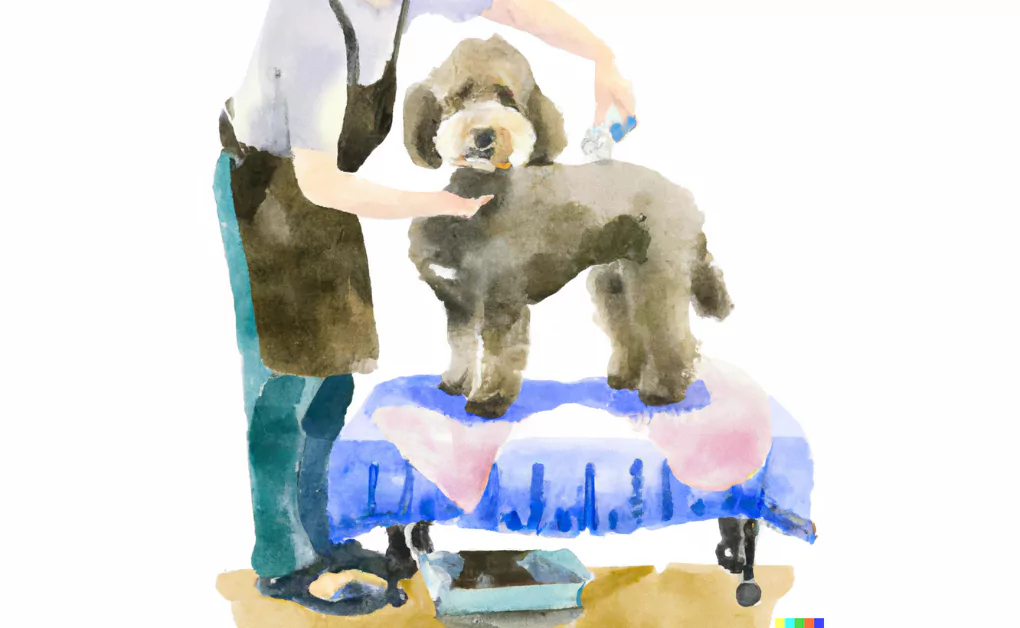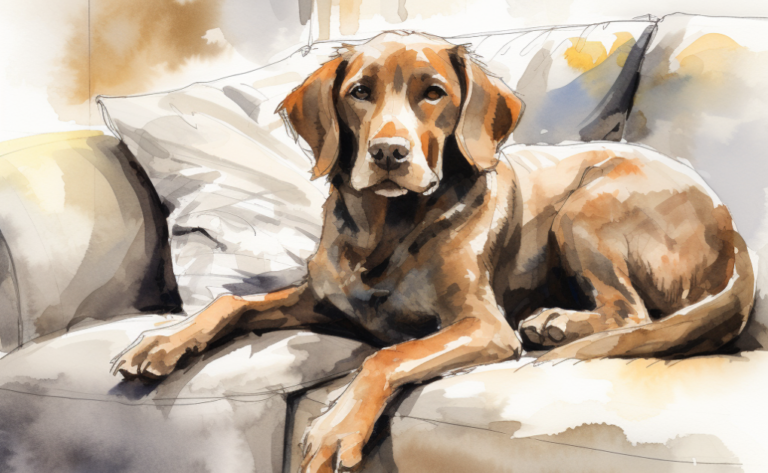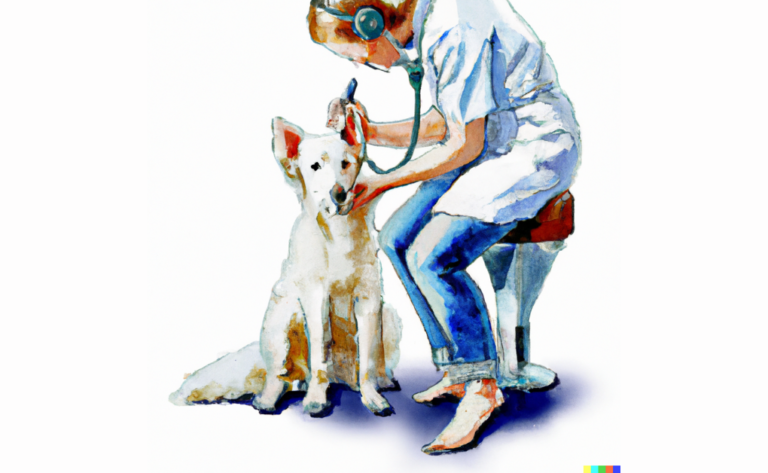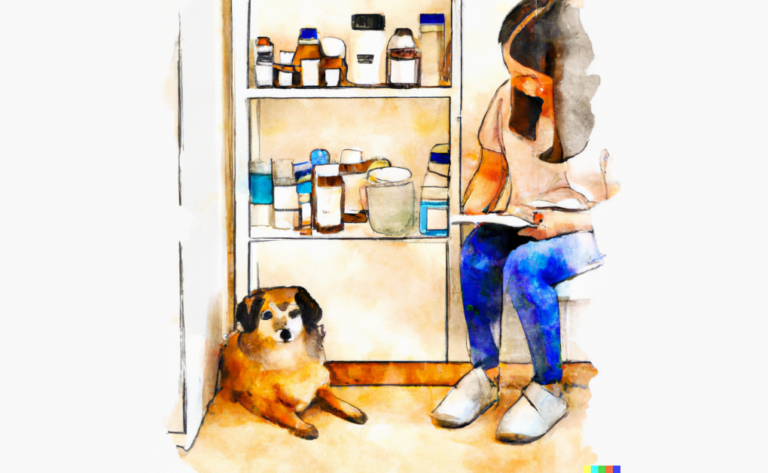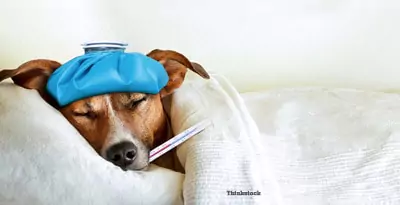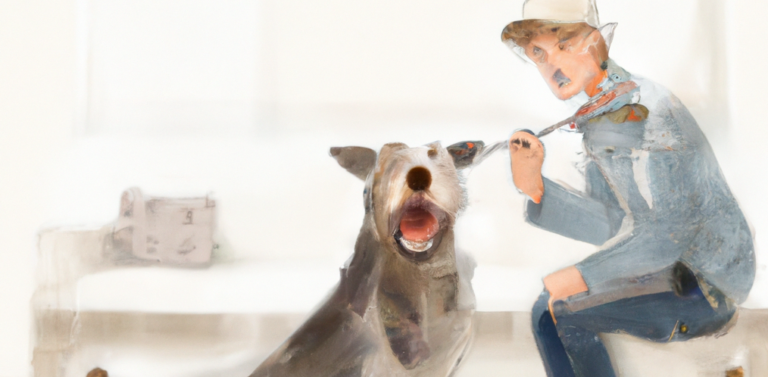Choosing a Groomer for Your Dog
Introduction
When Sarah first adopted her adorable Australian Shepherd, Jasper, she knew he had a gorgeous coat that would require regular grooming. However, as Jasper’s coat began to grow thicker and more unruly, Sarah realized she needed the expertise of a professional groomer to keep her pup looking his best.
Dog grooming services are available in almost every city. There are many groomer for your dog, each offering different services and prices. For example, some provide basic cleaning, while others specialize in certain breeds. Dog groomers must ensure that every pet receives proper care while being groomed.
They should make sure that owners understand the procedure and the risks associated with it. If there are any concerns, they should raise them with the owner before beginning the process.
A good grooming session can make a big difference in how your dog looks and feels. But finding the right one can be tricky. Here are some tips to help you find the right groomer for your pooch.
What’s Normally Included with Dog Grooming Services?

Dog grooming services usually include shampooing, brushing, nail clipping, ear cleaning, teeth cleaning, deworming, flea treatment, and maybe some basic training. Depending on the size of your pet, the breed, what services are included, and how long it takes, a dog grooming session can last anywhere from 30 minutes up to several hours.
If you’re looking for a potential groomer who specializes in dogs, ask them what services they offer. For example, some groomers may only be able to give you a haircut and trimming. Others may offer additional services, including bathing, nail clipping, ear cleanings, teeth cleaning, and deworming.
Ask your groomer whether they offer unique treatments for your dog, such as flea control, heartworm prevention, or cancer detection. Also, ask them about their experience working with different breeds of dogs.
Also, ask your groomer about their availability. Is there available during regular business hours? Can you schedule appointments at times when you won’t be home? Do you need to book ahead?
Finally, ask your groomer what type of insurance coverage they provide. For example, do they carry pet health insurance? What happens if your dog gets sick or injured during the visit? Will you be responsible for paying out-of-pocket expenses?
Check Out Reviews and Other Doggy Clients
If you’re looking for a groomer, it is a no-brainer to go to the nearest pet store and pick up some supplies. But there are many things to consider before heading to the local shop. So here are five tips to help you find the best groomers in town.
- Check online reviews
Before you make an appointment, do a little research. Look at how people review the place where you want to take your pooch for a cut. You’ll see whether they had good experiences or bad ones. If you notice a lot of negative feedback, don’t consider booking there.
- Ask around
You might consider asking what people think about local dog groomers. Ask friends, family members, and co-workers about their favorite places to get dogs trimmed. They might know someone who works there, or they could recommend another groomer. If you don’t know anyone who owns a dog, check out Yelp or TripAdvisor to see what customers say about local businesses.
- Do your homework
Make sure you look over the facility’s website. Find out what breeds they specialize in, what equipment they use, and what products they offer. This way, you won’t be surprised when you see various scissors.
Ensure Your Potential Groomer is Appropriately Educated
A groomer who knows what they are doing will provide an educational session before starting work. This includes learning to trim nails properly, cut hair, shave legs, etc. They must also be taught to recognize signs of illness and injury and know when to refer a dog to a veterinarian.
If you’re looking for a groomer specializing in certain breeds, ask them about their experience working with them. Also, ask them about any special equipment they use, such as clippers, combs, brushes, etc., and whether they offer discounts for multiple dogs.
Ask any questions you might have and make sure the groomer is licensed and certified.
Ideally, Groomers Should Be Certified
Certification ensures that the person performing a service is properly trained and skillful. Certified groomers are required to take continuing education courses to maintain certification. They know how to trim hair safely and avoid cutting into sensitive areas like ears, eyes, lips, noses, tails, etc.
Ask them about their educational background and certifications. Ensure they’ve been certified through organizations like the American Veterinary Medical Association (AVMA) and the National Board of Certified Grooming Technicians (NBCGT). Grooms permitted are required by law to keep up with training and licensing requirements. This helps ensure that clients receive quality care.
Make sure they’re insured and bonded. Ask them about their insurance coverage and bonding requirements. Also, find out if they carry liability insurance. This protects you against lawsuits if your pet becomes injured during grooming.

Finally, ask them about their professional affiliations. For example, find out if they belong to any associations, such as the AVMA, NBCGT, or the International Society of Animal Massage Therapists (ISAMT), and if they participate in continuing education programs.
Check to See What Kinds of Products the Salon Uses on Dogs
When selecting a groomer for your dog, ask them what grooming supplies they use. This information will help you determine whether they’re experienced enough to handle your dog’s needs.
If they say they only use clippers, then you should be fine. However, if they say they only use scissors, then you may need to find another groomer.
Also, ask them what type of shampoo they use. Some shampoos contain chemicals that dry out skin and hair, causing problems such as itching and flaking. Finally, ask them what type of conditioner they use. Is it natural? Does it smell good? Do they recommend any brands?
Ask them what type of brushes they use. Are they soft or hard? What kind of brush does each breed require?
Finally, ask them what type and brand of nail polish they use. Nail polish contains toxic ingredients that can cause irritation and damage to your dog’s nails. Ask them what type and brand they prefer.
This information will give you insight into the quality of care your dog receives at the salon.
Let your Dog Groomer Know Your Specific Needs
When selecting a groomer for your dog, be specific about your needs. What exactly does your dog need to be done? Is he looking for a haircut, nail trimming, teeth cleaning, ear cleaning, etc.? Be honest with the groomer when describing your dog’s needs.
If you’re not comfortable telling the groomer what your dog needs, ask questions. Ask him to describe his grooming process and techniques. This gives you insight into his services and whether those services match your dog’s needs.
Also, tell them about any special needs you have. For example, if your dog has sensitive skin, you should find out whether they use shampoos and conditioners that contain ingredients that irritate your dog’s skin.
And finally, ask them about their pricing structure. For example, some groomers offer discounts for multiple visits, others give discounts based on the length of the stay, and some offer discounts for specific breeds.
Ask these questions when scheduling your appointment. Also, keep in mind that not every groomer offers discounts. So if you’re going to pay full price, ensure you get value for your money.
Alternative Dog Grooming Services
Mobile grooming services can be an alternative if you don’t have time to visit a local groomer. This allows you to bring your pet to your house and take care of him there. You don’t need to go out of your way to find one; many are listed online. These services offer different service levels depending on how much you want to spend. Some charge per hour, while others charge based on the dog’s size.
Specialty grooming services cater to pets with specific health issues. For example, some companies specialize in grooming pugs or dogs with hip dysplasia. Others focus on dogs with allergies.
A mobile groomer will give you a thorough cleaning and trimming of your dog’s hair. He’ll wash your pooch down, comb his coat, brush it, trim his nails, and clip his ears.
Health Benefits of Regular Dog Grooming
Dog grooming has been proven to improve overall health and well-being. Regular dog grooming helps dogs live longer lives, reduces stress levels, improves behavior,helps keep them looking great, and promotes a healthier environment for pets.
Regular grooming sessions help prevent skin problems, including dry skin, fleas, ticks, ear infections, and allergies. Regular grooming also reduces shedding, making your home cleaner and healthier.
It also prevents hairballs, which can cause stomach pain and vomiting. Hairballs are caused by an accumulation of hair in the digestive tract. This causes irritation and inflammation, which leads to painful symptoms.
In addition, regular grooming removes dead hairs and dandruff, which can lead to allergies and respiratory issues. Finally, regular grooming encourages exercise and activity, which helps maintain muscle tone and bone density.
Frequently Asked Questions
Disclaimer: The information provided on this veterinary website is intended for general educational purposes only and should not be considered as a substitute for professional veterinary advice, diagnosis, or treatment. Always consult a licensed veterinarian for any concerns or questions regarding the health and well-being of your pet. This website does not claim to cover every possible situation or provide exhaustive knowledge on the subjects presented. The owners and contributors of this website are not responsible for any harm or loss that may result from the use or misuse of the information provided herein.

